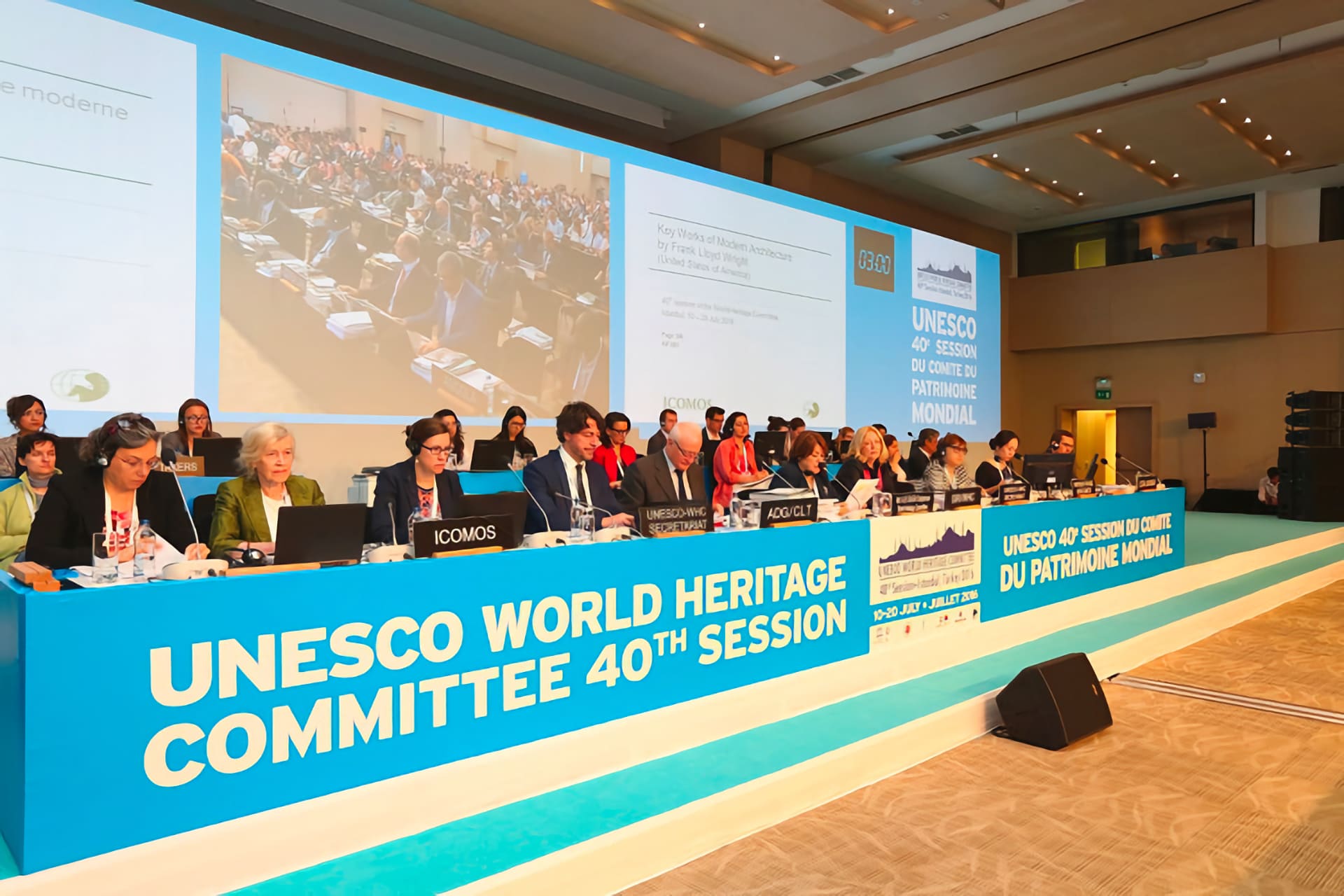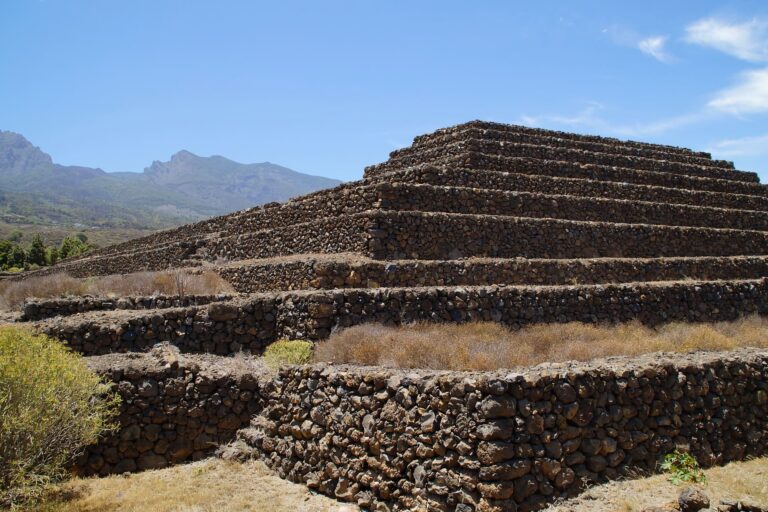The Principle and Significance of UNESCO World Heritage Sites
UNESCO World Heritage Sites are landmarks or areas with legal protection by an international convention administered by the United Nations Educational, Scientific and Cultural Organization (UNESCO). These sites are significant for their cultural, historical, scientific or other form of significance.
The sites are judged to contain "cultural and natural heritage around the world considered to be of outstanding value to humanity."
The Principle of UNESCO World Heritage Sites
The principle by which tourist attractions are given the status of a UNESCO World Heritage Site is based on a rigorous nomination and evaluation process. The process begins with the government of a country, or 'state party', identifying potential sites within their national borders. These sites may be natural wonders, like a national park or a river, or they may be man-made, like a historic city or an archaeological site.
Once a site has been identified, a detailed nomination file is prepared. This file includes maps, photographs, and a comprehensive history of the site, including its significance and the legal and protective measures in place to preserve it. The nomination is then submitted to the World Heritage Committee, a body of representatives from 21 of the States Parties to the Convention elected by their General Assembly.

The World Heritage Committee reviews the nomination with the assistance of two advisory bodies: the International Council on Monuments and Sites (ICOMOS) and the World Conservation Union (IUCN). These bodies evaluate the site's cultural and natural significance, respectively.
The committee then makes the final decision. If the site meets at least one out of ten selection criteria, it is included on the World Heritage List. The criteria are specific; they range from representing a masterpiece of human creative genius, to containing superlative natural phenomena or areas of exceptional natural beauty and aesthetic importance.
This table provides a clear and concise overview of the process of becoming a UNESCO World Heritage Site:
| Step | Description |
|---|---|
| Identification | The government of a country identifies potential sites within their national borders. |
| Nomination File Preparation | A detailed nomination file is prepared, including maps, photographs, and a comprehensive history of the site. |
| Submission to World Heritage Committee | The nomination is submitted to the World Heritage Committee. |
| Evaluation | The World Heritage Committee reviews the nomination with the assistance of two advisory bodies: the International Council on Monuments and Sites (ICOMOS) and the World Conservation Union (IUCN). |
| Decision | The committee makes the final decision. If the site meets at least one out of ten selection criteria, it is included on the World Heritage List. |
The Significance of UNESCO World Heritage Sites
The significance of UNESCO World Heritage Sites is manifold. Firstly, they represent the diversity and richness of our planet's cultural and natural heritage. They are a testament to our shared history and the remarkable accomplishments of our ancestors. From the ancient temples of Egypt to the beautiful islands of the South Pacific, these sites tell the story of humanity and the natural world in all its splendor.
Secondly, World Heritage Sites are important for their role in education. They provide a tangible link to the past and a way for people to understand and appreciate other cultures and the natural world. They are often used as tools for teaching history, geography, and environmental science.
Thirdly, World Heritage Sites play a significant role in local and national economies. Many sites are major tourist attractions, bringing in significant revenue and creating jobs. They can also stimulate investment in infrastructure and services, leading to broader economic development.
Finally, the designation of a site as a World Heritage Site brings with it a commitment to preserve that site for future generations. This means that governments, local communities, and international organizations work together to protect these sites from threats such as development, climate change, and tourism impacts.
FAQ
1. How many UNESCO heritage sites are there?
As of the latest count, there are over 1,100 UNESCO World Heritage Sites spread across different countries around the world.
2. What makes a UNESCO World Heritage site?
A UNESCO World Heritage Site is a landmark or area with cultural, historical, scientific or other form of significance. It is legally protected by international treaties and is considered to be of outstanding value to humanity.
3. Does the US have any UNESCO sites?
Yes, the United States has several UNESCO World Heritage Sites. These include both cultural sites like the Statue of Liberty and natural sites like the Grand Canyon.
4. What are the 7 heritage of the world?
The "Seven Wonders of the Ancient World" is a list of remarkable constructions of classical antiquity. They were originally considered to be the most remarkable man-made structures in the world. This list inspired innumerable versions through the ages, often listing seven entries.
Conclusion
UNESCO World Heritage Sites are a testament to the rich and diverse cultural and natural heritage of our planet. The rigorous process by which these sites are selected ensures that only the most significant and well-protected sites achieve this status. The importance of these sites extends beyond their beauty and historical value - they are vital tools for education, drivers of economic development, and symbols of our commitment to preserving the world's most precious sites for future generations.



